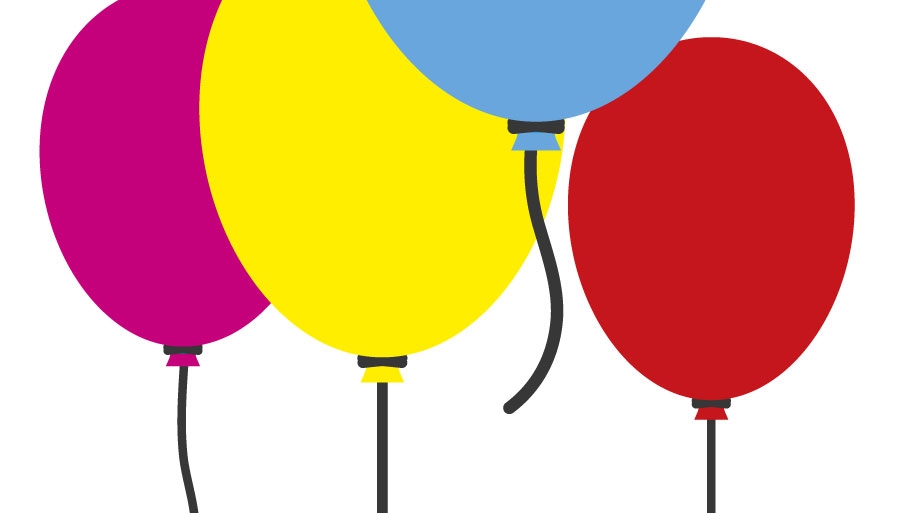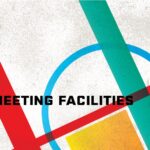The events industry loosens up.
As the economy improves and the business world flattens, the meetings and events industry is moving in a more casual and collaborative direction. Conference organizers are trading hierarchy for engagement; party planners are exchanging cocktails for tarot readers; and organizers nix invitations and conference calls for evites and hashtags.
TripAdvisor is the new word of mouth. Forget fliers and brochures when you have Facebook and Twitter.
The meeting-as-party trend even wraps in the sharing economy: Events venues are adding ride-sharing services like Uber or Lyft to budgets so attendees get home safely.
“Everybody wants to be entertained now,” says Kurt Beadell, co-owner and creative director of Portland-based Vibrant Table Catering & Events, an all-in-one company that pairs clients with venues while providing in-house catering, floral design and decor. “No matter if they’re at a wedding or a corporate event.”
Vibrant Table clients run the gamut from large businesses and nonprofits to wedding receptions. Even major hospitals need to “put on a function, but [there’s] no one to help create an event for them,” Beadell says.
Outside the city, events venues report slower progression toward the party trend.
Kathleen O’Connor McNew, director of sales at Best Western Plus Hood River Inn, isn’t seeing a huge break from the traditional events formula. “Probably the biggest change I’ve noticed in meetings is the increase in the need for technology,” says McNew, who has worked at Hood River Best Western for 26 years. Wi-Fi access, audio and visual equipment, projectors and gear to stream video are now part of the standard business ask, she says.
McNew says the Best Western’s diverse client base — businesses, trade associations, religious groups, government, the party set — does like the casual Columbia River location, with access to outdoor recreation from wine tasting to rock climbing.
Chrissie Bertsch, general manager at the Salem Convention Center, is seeing a mix of formal and causal atmospheres in meeting spaces. Clients are requesting more experience-based events, she says. As recently as two or three years ago, the conference center wasn’t hosting many business-casual receptions. But that’s since changed.
“If someone, like a local nonprofit, is here for a black-tie event, it’s going to be the same; it’s going to be formal,” Bertsch says, “versus an association that’s maybe hosting a reception. They come from a meeting and they do a business-casual-type reception.”
An annual report published by American Express shows an increase in all meeting types in North America in 2016. Training and internal team meetings are predicted to comprise the largest number, followed by sales/marketing meetings and conference/trade shows.
The economic rebound is also driving change in the meetings business, Bertsch says. “Budgets are starting to expand back to what they were ten years ago, and [companies] want their experience with their attendees to be complete. They’re adding back in social hours, receptions, keynote speakers — some of those things that were maybe stripped out of meeting planning over the last few years.”
Like McNew, Bertsch says technology, in this case a massive wireless upgrade done three years ago, keeps the Salem Convention Center current. Social media is also front and center in the drive to make meetings more participatory. Online communities from Twitter hashtags to mobile apps encourage engagement and collaboration. Facebook and Twitter are also used as promo-tional tools.
Online networks, of course, have a dark side, as online platforms like Yelp and TripAdvisor let attendees review venues — for better and for worse. “Anymore, you can’t hide from that,” says McNew. “If things go wrong, people are going to talk about it.”
About those parties: Known for its themed events, Vibrant Table has thrown corporate parties featuring Russian guards at doors and Champagne servers wearing skirts covered in glasses. A recent fire-and-ice event featured a room glowing blue and red — with actual fire — along with frozen drinks and Spanish coffees.
Beadell singles out furniture trends, noting he is getting more requests for plush seating instead of traditional hard-backed chairs. “If people are more comfortable, they’re more engaged,” he says.
A few years ago, the hottest trend in the business was green meetings. Although events venues continue to make their events more eco-friendly — composting, keg wine — the hot-button trend today is ride-hailing. “Now the budget is also determined around either Uber or Lyft so that people aren’t driving,” Vibrant Table’s Beadell says. “I think that’s fantastic.”
What’s driving the casual-events trend? A range of factors, from millennial preferences to social media and the ascendancy of amenity-driven startup culture. And in an optimistic business climate, employers want to “up the ante” and show their appreciation for employees, Beadell says. Of course, an economic slowdown — or worse, a crash — could bring the celebration to a halt. For now, the meetings industry appears to be taking a page from Prince: partying like it’s 1999.





